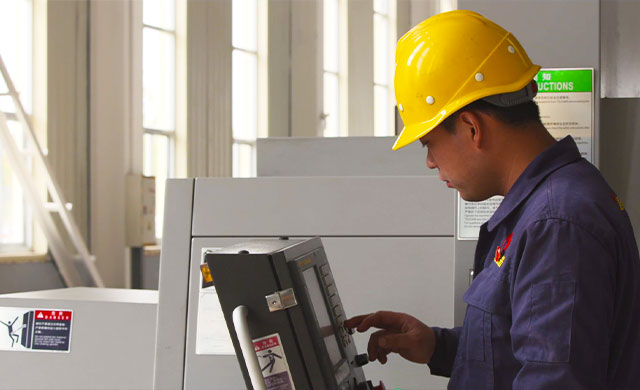
Dec . 28, 2024 06:16
Back to list
غاز البترول المسال
Understanding Liquefied Petroleum Gas (LPG) Characteristics, Uses, and Benefits
Liquefied Petroleum Gas (LPG) is a highly versatile fuel source that has gained immense popularity across various sectors due to its efficiency and environmental friendliness. Comprising primarily propane (C3H8) and butane (C4H10), LPG is obtained during the refinement of crude oil or through the extraction of natural gas. Its ability to exist in a liquid state under moderate pressure makes it easy to transport and store, making it a preferred choice for many consumers and industries worldwide.
LPG is often lauded for its energy efficiency. When burned, it produces a high calorific value, which means it can generate more energy per unit compared to other fossil fuels. This efficiency translates into lower operational costs for businesses and households utilizing LPG. Additionally, the combustion of LPG results in minimal particulate emissions, which contributes to improved air quality compared to other fossil fuels that emit higher levels of carbon dioxide and other pollutants.
Understanding Liquefied Petroleum Gas (LPG) Characteristics, Uses, and Benefits
In the industrial sector, LPG is used as a fuel for manufacturing processes, including glass, ceramics, and iron production. It serves as a heat source for various applications, and its use enhances operational efficiency. Additionally, LPG is utilized in agriculture for crop drying, controlling pests, and warming poultry houses. This versatility demonstrates how essential LPG has become in improving productivity across various industries.
غاز البترول المسال

Beyond its use as a fuel, LPG is also a crucial feedstock for the petrochemical industry. It is used to produce a variety of chemicals and plastics, which are fundamental to numerous everyday products. The demand for these materials continues to grow, increasing the significance of LPG in the global economy.
Environmentally, LPG stands out as a cleaner alternative to other fossil fuels. Its low carbon content means it contributes less to greenhouse gas emissions, helping combat climate change. In many countries, the adoption of LPG is encouraged as part of a broader strategy to transition to cleaner energy sources. Governments often promote LPG as a more sustainable option, providing subsidies and incentives to encourage its use in place of more polluting fuels.
Despite its advantages, the use of LPG does come with some considerations. Safety is a paramount concern, as LPG is flammable and can pose risks if not handled properly. This necessitates strict adherence to safety protocols during transportation, storage, and use. Moreover, as with any fossil fuel, there are ongoing discussions about the long-term sustainability of LPG in the context of global efforts to move towards renewable energy sources.
In conclusion, Liquefied Petroleum Gas (LPG) is a significant energy source with a wide range of applications across domestic, industrial, and agricultural sectors. Its advantages of high energy efficiency, lower emissions, and versatility make it a compelling choice for many users. As the world continues to seek cleaner energy solutions, LPG stands out as a viable option that balances energy needs with environmental considerations, making it an integral part of the future energy landscape.
Latest news
-
Safety Valve Spring-Loaded Design Overpressure ProtectionNewsJul.25,2025
-
Precision Voltage Regulator AC5 Accuracy Grade PerformanceNewsJul.25,2025
-
Natural Gas Pressure Regulating Skid Industrial Pipeline ApplicationsNewsJul.25,2025
-
Natural Gas Filter Stainless Steel Mesh Element DesignNewsJul.25,2025
-
Gas Pressure Regulator Valve Direct-Acting Spring-Loaded DesignNewsJul.25,2025
-
Decompression Equipment Multi-Stage Heat Exchange System DesignNewsJul.25,2025

